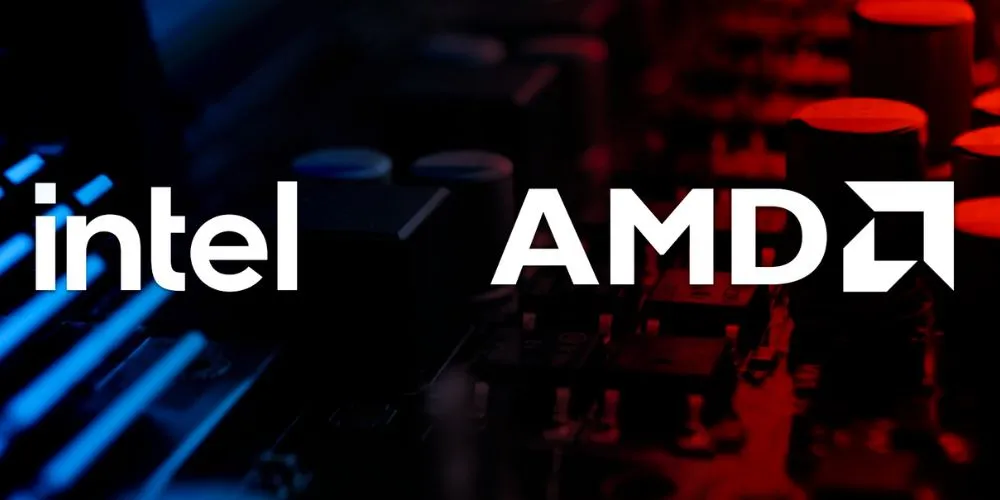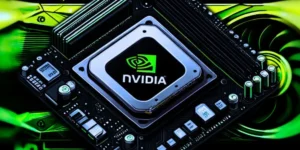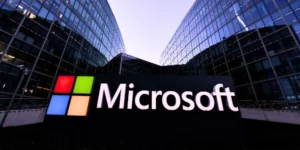The competition between Intel and AMD has defined the CPU market for decades, but it has reached new heights in recent years. While some view this rivalry as a fierce corporate standoff, consumers are the real winners. The ongoing battle between these two tech giants drives innovation, competitive pricing, and diverse product options.
Innovation Through Pressure
Nothing spurs progress like competition. AMD’s Ryzen lineup forced Intel to rethink its CPU strategy, pushing both companies to release faster, more efficient processors year after year. This has resulted in improvements like smaller nanometer processes, hybrid architectures, and integrated graphics, all of which benefit users with better-performing and more capable systems.
Competitive Pricing for Every Budget
When one company gains a technological edge, the other typically responds with aggressive pricing or value-driven features. This price war keeps CPU costs from inflating and makes high-performance computing more affordable. Whether you’re a casual user, gamer, or professional, there’s now a capable CPU at almost every price point.
Consumer Choice and Customization
Thanks to this rivalry, consumers are not boxed into a one-size-fits-all model. Intel offers strengths like high single-core performance and integrated GPUs, while AMD provides more cores and better multi-threading at similar or lower prices. This range allows users to tailor their systems based on their needs, whether for gaming, productivity, or content creation.
Rapid Advancement in Related Markets
The Intel vs. AMD battle also stimulates peripheral innovation. Motherboard manufacturers, cooling solution providers, and even software developers constantly adapt to support new features and standards. As a result, the overall PC ecosystem evolves faster, delivering new technologies like PCIe 5.0, DDR5 memory, and advanced chipsets to users sooner.
Conclusion
The ongoing competition between Intel and AMD is a classic example of how healthy market rivalry benefits end users. It drives rapid technological advancement, keeps prices in check, and offers consumers more freedom in building or buying the right system. In a world where monopolies stifle progress, this dynamic rivalry ensures the CPU market remains vibrant, innovative, and user-focused.










